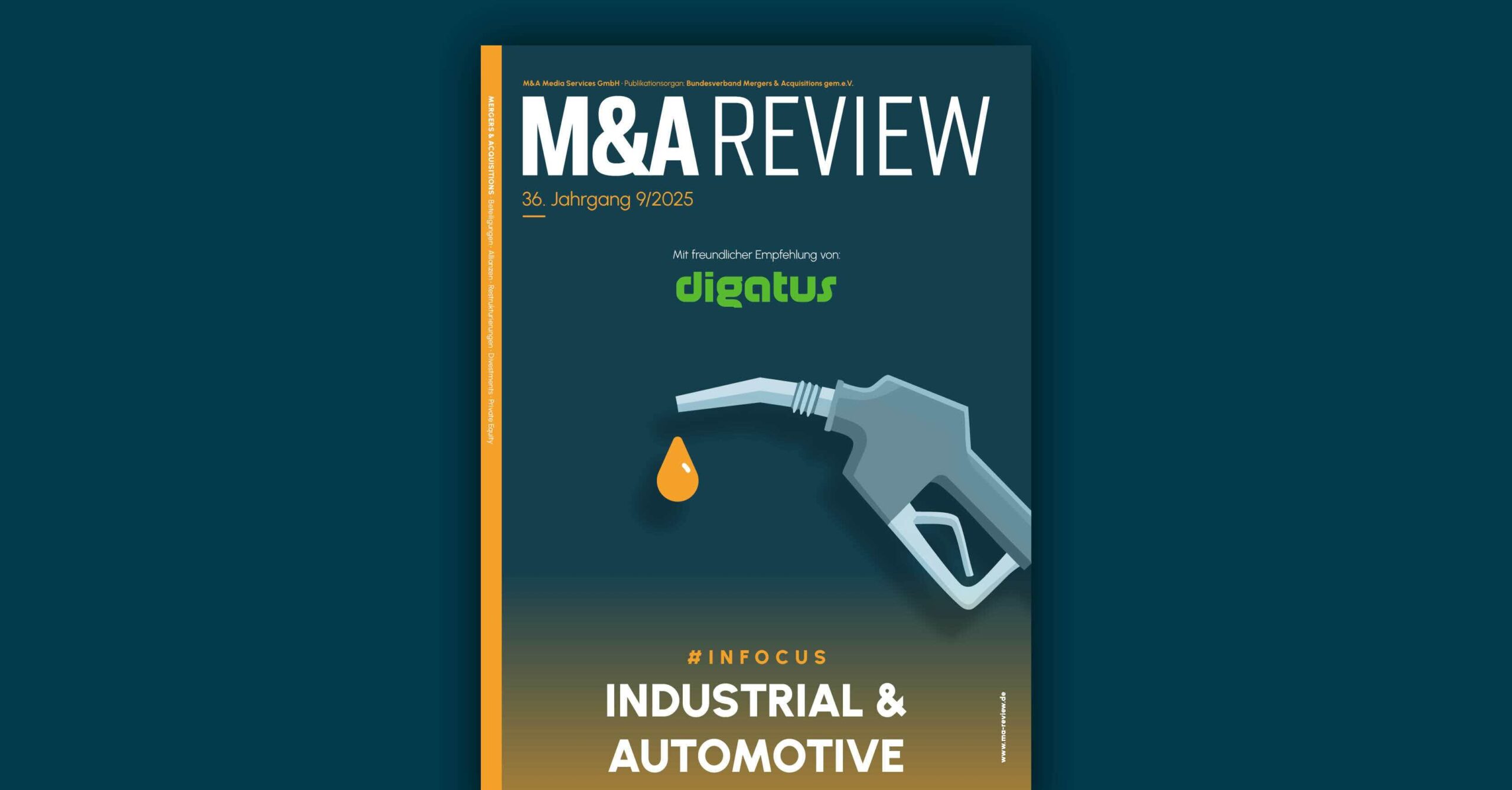1. What Types of Due Diligence Are There?
In the field of due diligence, the following forms are primarily distinguished:
- Financial Due Diligence: It is at the center of the examination and refers to the most important financial indicators.
- Tax Due Diligence: This deals with the tax implications of the purchase or transaction.
- Commercial Due Diligence: Experts look at competitive factors to examine the company’s future viability. This includes unique selling points, market shares, or the sustainability of the business model.
- Legal Due Diligence focuses on the legal framework of the transaction.
- Technical Due Diligence plays a major role in manufacturing companies.
- Operational Due Diligence aims at processes and structures of daily business.
- HR Due Diligence looks at the impact on existing personnel.
- IT Due Diligence analyzes the complete IT structure including software and hardware as well as all IT processes.
- Environmental Due Diligence looks at risks, obligations, and dependencies in relation to the environment.
- Insurance Due Diligence assesses the risks related to existing insurance policies in a transaction.
- Intellectual Property Due Diligence: The focus here is on intangible assets such as patents.
- Integrity Due Diligence (or Compliance Due Diligence) aims to identify compliance risks.
2. Due Diligence – The Status Quo
In the past, due diligence focused primarily on company value, potential, and risk.
At the end of the examination, a comprehensive report is available listing the strengths and weaknesses of the company, while also addressing opportunities and risks. The risks can vary greatly depending on the industry. For example, when taking over a food company, past hygiene deficiencies can be a critical warning sign. For a chemical company, it could be environmental risks.
The IT infrastructure and the analysis of the employees’ skill set are becoming increasingly important.
3. IT Due Diligence Is Becoming Increasingly Important
Modern business models can no longer function without IT. Therefore, IT due diligence is becoming increasingly important. This is not only relevant when it comes to a takeover. Every company should regularly critically review its own IT as part of due diligence. This is the only way to always know the status quo. Only then does it become clear whether the IT strategy aligns with the overall company strategy.
IT due diligence is divided into software due diligence and technology due diligence. It deals with questions of systems, structures, processes, resources, and security. Standard systems, such as the ERP system, are scrutinized as well as security systems or server architecture. In addition to hardware and software, intangible resources should also be checked.
During IT due diligence, the auditors also take a look at the personnel resources of the IT department and the competencies within the teams. After all, only motivated employees with the right skills successfully master projects. The shortage of skilled workers, especially in the IT industry, is a critical factor. Last but not least, the topic of data protection and its compliance is closely examined.
4. Who Conducts Due Diligence?
The due diligence review is conducted by independent experts. Depending on the topic, these can be auditors, specialist consultants, management consultants, or lawyers. As part of IT due diligence, IT experts, such as digatus, are involved to contribute their expertise.
5. Due Diligence Checklists
During due diligence, auditors typically work with checklists to ensure no aspects are overlooked. Checklists help to successfully master due diligence. They are usually structured into the following aspects:
1. Basic company data, such as articles of association and partnership agreements or commercial register extracts
2. Finance: Current financial figures, account statements, and financial and investment planning for the next three years
3. Marketing Sales: Information on marketing and sales strategy including current measures and customer structure
4. Organization: Information on management, controlling, and reporting
5. Operating facilities: List of all buildings, facilities, and tangible and intangible assets
6. Human resources: Information on employees, contracts, planned hires, terminations, agreements with the works council, etc.*
*This list represents only a few examples. Due diligence checklists are, of course, much more comprehensive.
6. The Most Important Steps for Successful Due Diligence
For due diligence to succeed, it’s important to proceed according to a structured plan. Of course, each process looks different in detail. However, a structure helps to focus on the most important steps.
First Step:
The commissioned auditors form a picture of the company using freely available information. The internet is also an important source of information here. All information is collected centrally in a data room.
Second Step:
The available information is collected, structured, and prepared for an initial assessment. All points identified as ‘red flags’, i.e., critical warning signs, are examined more closely. This requires further research and internal company information.
Third Step:
In a detailed due diligence analysis, experts thoroughly examine individual areas and subsequently provide precise reports.
Fourth Step:
In the final step, the auditors provide a comprehensive assessment of the risks associated with the transaction. In addition to the risks, the report also contains the opportunities that arise with the acquisition. Moreover, the strengths and weaknesses of the company are listed.
7. Simplified and Extended Due Diligence
In due diligence, a distinction is made between simplified and extended due diligence. For a young, exclusively nationally active company with few employees, simplified due diligence is probably sufficient. However, for a multinational corporation with many business areas, extended due diligence is always appropriate. In addition, extended due diligence is generally advisable in the following circumstances:
- when there are anomalies in the balance sheets,
- when there are close relationships with politically exposed persons,
- when the company headquarters is located in a tax haven, and/or
- when there is suspicion of money laundering.
Conclusion
Due diligence plays a fundamental role in the field of corporate acquisitions. No investor should make a transaction without having a clear picture of the risks. The larger the acquisition target, the larger and more complex the risks usually are. However, even for small companies, a thorough examination is essential before the purchase contract can be signed. Only independent experts with the appropriate expertise can successfully conduct a due diligence review.

Christoph Pscherer
He has been working in the IT environment for almost 30 years, gaining experience in various roles and areas. Through his years of experience as a Service Manager, he knows the challenges and needs on the customer side. He has been applying this deep understanding and knowledge at digatus for more than eight years. As Head of BU IT M&A and Transformation, he and his team support all IT topics along the value chain of M&A projects. This includes due diligence, carve-out, and integration projects.




